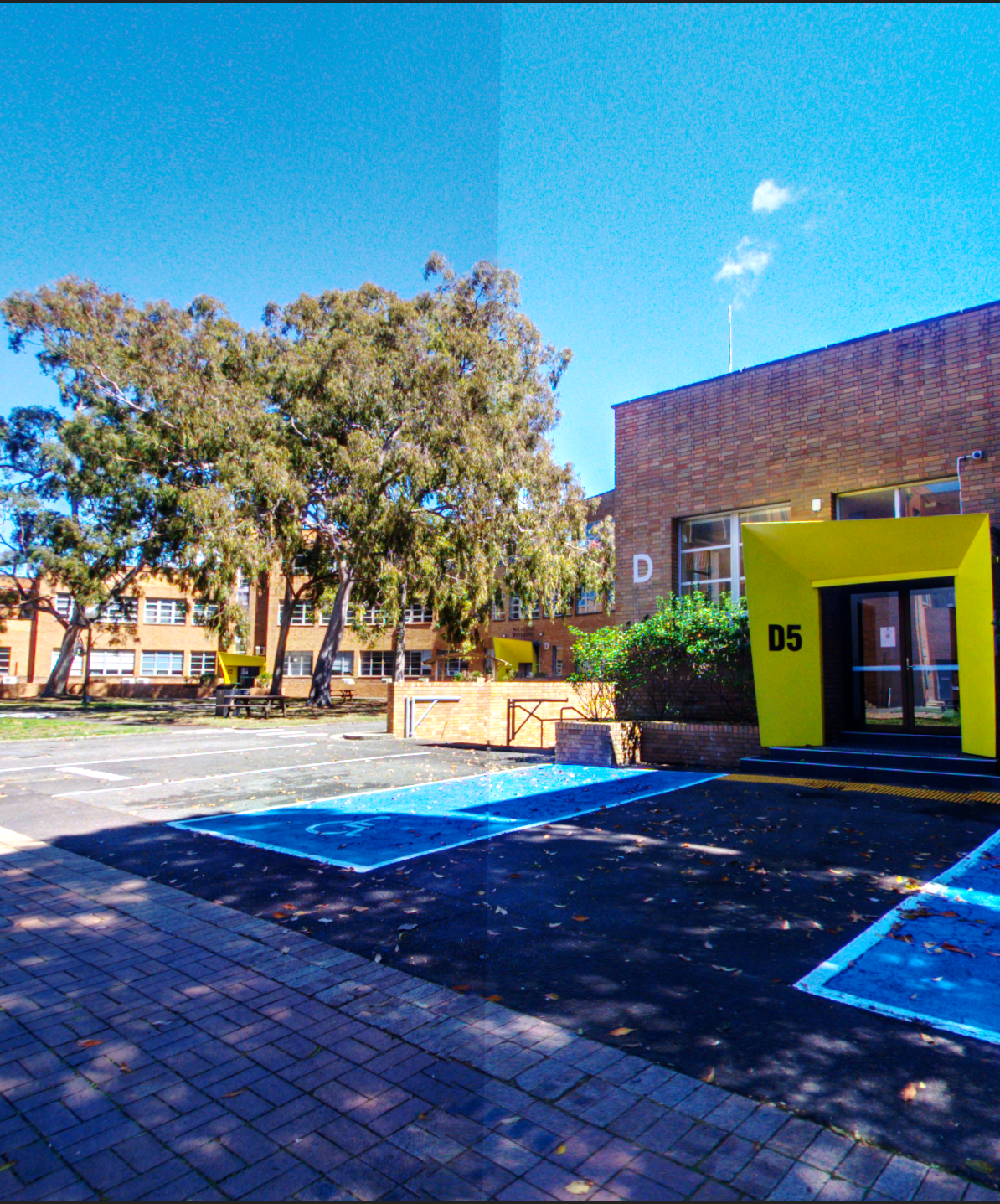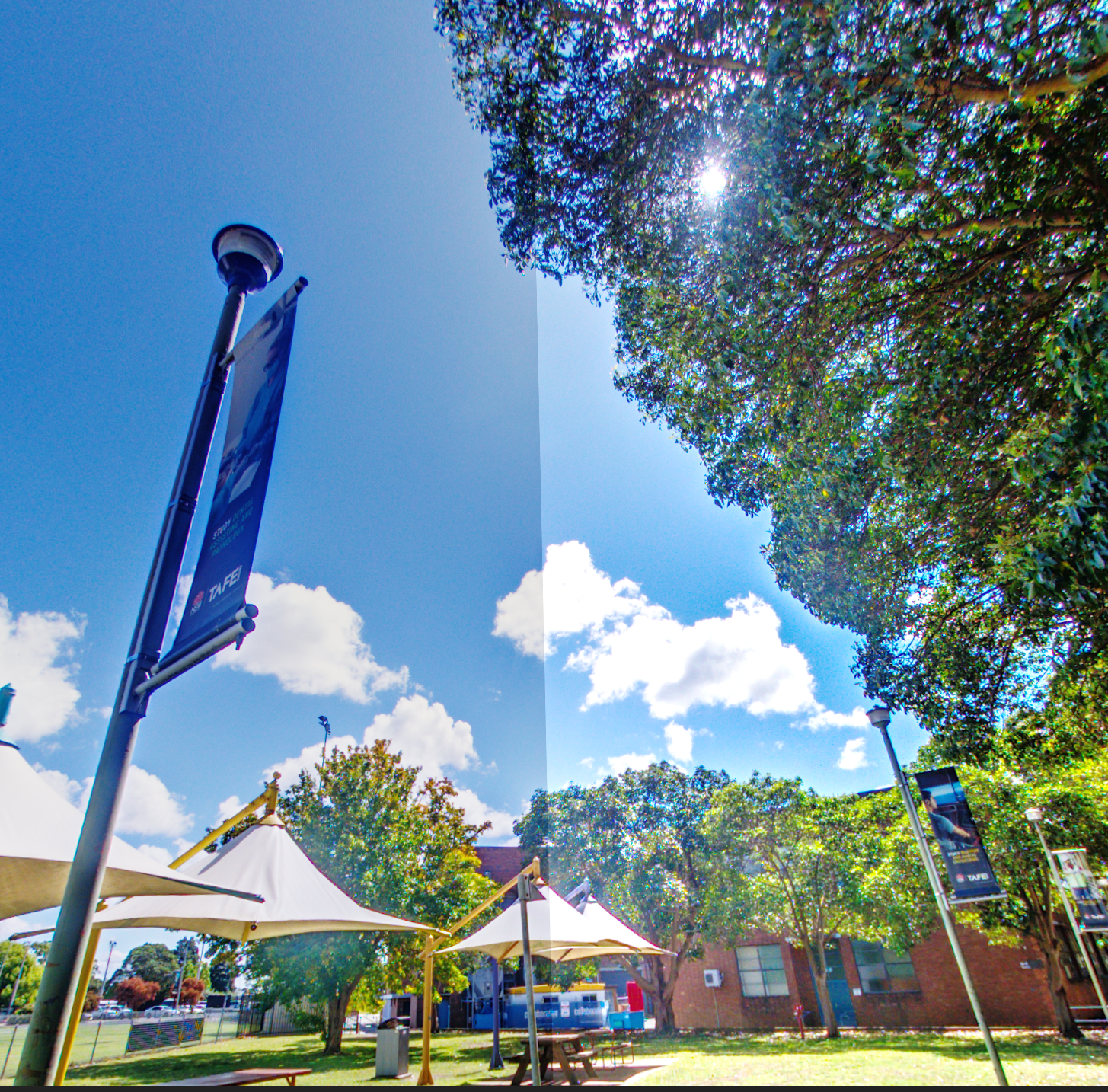
AVsupport
Members-
Posts
6 -
Joined
-
Last visited
-
 MarcSThe1St reacted to a post in a topic:
Tone Mapping Persona isn't 360 aware and creates unwanted stitch line
MarcSThe1St reacted to a post in a topic:
Tone Mapping Persona isn't 360 aware and creates unwanted stitch line
-
should just be as easy as 'toggle on' equirectangular projection' and keep working in that mode, regardless of what you do, forcing the software to make edge aware corrections. Got cought out numerous times closing the image only to find that corrections only have been made in that particular section, or the resulting image is what I've just worked on on the screen.. this gets quite annoying with the constant backards-forwards projection enabling-disabling switching, just to change your viewpoint to make corrections etc.
- 13 replies
-
- panoramas
- equirectangular
- (and 3 more)
-
 AVsupport reacted to a post in a topic:
360 Images - edge matching
AVsupport reacted to a post in a topic:
360 Images - edge matching
-
Couldn't agree more @tRglet, there is really no good solution out there (That's not Adobe) that can easily grade 360. The 'equirectangular projection' feature is so far the best start I've seen, but falls short of actual userfriendliness, and since you cannot use any of the other modules, it's relatively useless apart from painting out tripods...
-
Just had a quick look at those 'Tone Mapping Macros V2'; I can use those, if I export EXR and load the image into Affinity it looks quite flat at first (I guess that's to be expected); but I also do see some noise, which, if I did notice, would get rid off by using ON1 NoNoiseAI 21; however, cannot do this with EXR 😞 So far, best results I can achieve with 'Vibrant' Preset; However, that brings the 'tweaking' element back into the picture, which I wanted to reduce: the 'work' in workflow. Let me summarize, if I understand this correctly, only the 'Photo Persona' is 360 seamline aware, all the other Personas are not?
-
Thanks @James Ritson the Meister himself to chime in, really appreciated! I haven't mentioned 32-Bit TIFFS because I'm not really using those even though I could.. My sources from the 'normal shooting mode' are single 16Bit linear HDR DNGs stitched, they are not exposure brackets. [ Although when I do really hardcore HDR work I would resort to the Dual Fisheye Plugin which also writes single DNGs up to +/-9stop but these are internally merged into 16Bit float (DNGv1.4) which works great in Affinity (congratulations, you're just about the only one) In which case I could perhaps use 32BitTIFF /HDR or EXR.] When I merge those 'normal' HDR images (I to a 90degree rotation to mask myself out and avoid bad stitchlines) I spit out 16Bit TIFF. When I work with those RAW images in PTGui they appear really dark, and using it's internal 'Tone Mapping' is a fast and easy way to roughly adjust exposure/highlights/shadows to roughly where they should be, but it's not enough for good looks. In order to achieve a fast workflow (editing 360s can be a real timewaster, especially when doing HDR!), I tried using the Affinity Tone Mapping on top of what's already done because it does give quick good-enough-for-Google-Maps results with what I throw at it. But not if it isn't -like the Develop Module- not seam-aware. I will try your suggestion with the macros, thank you, and report back. @NotMyFault, even though I can no longer see your post apart from my email notification: thanks for your suggestions also!
-
Hi @NotMyFault thanks for your response, The source comes off PTGui which is professional software for Panorama / 360 sphere creation. The exported 16bit TIFFs are fine, and show little to no seam line issues compared to the effect that Affinity Photo produces. (PS, you can use PTGui viewer to look at those in 360..) To replicate: I have uploaded both, the original PTGui export 16-bit TIFF (which comes from 2x90degree offset HDR DNG from Theta Z1, slightly tone mapped) ~200MB, and the exported Affinity Photo TIFF (130MB, which has been through 'Tone Mapping Persona' - default settings, plus tripod inpainting.) You can see the below result is more than just a little bit of emphasis of an existing imbalance; I believe Affinity Photo isn't 360 aware when it comes to correction, as it will not look at the pixels 'from the other side' the image edge. I am having the same issues in my normal image editor (sorry, but yes this is CaptureOne) and my alternative which I use for denoising (ON1). I have recently moved to Affinity Photo because of the apparent better inpainting whilst being able to deal with equirectangular projections (however, in a very rudimentary and cumbersome way). But next best opportunity for those like me that don't like the Adobe way. PS, since then, I can also replicate similar behaviour when using the 'Develop Persona', especially when heavy grading is involved. Might just be a simple fix, where a little click button 'this is a panorama' could make this go away, or better, do it in the background after a 2:1 check.. https://drive.google.com/file/d/1P2pxGO9fclEZ1mHGIgvvxhefBLPYEdjw/view?usp=sharing result below:
-
Hi, I'm new to this forum, but not to image editing; Importing a single equirectangular image stitched in PTGui in order to adjust levels and remove tripod, when the Tone Mapping Persona is selected and 'natural' has been applied, often I can find a resulting stitch line in the seam when Layer>Equirectangular Projection is selected. This leads to a 'broken' image sphere as it cannot be viewed nicely in 360. The image editor needs to be aware that when image adjustments are being made to a 360 image that the neighbouring pixels are at the opposing side of the 2:1 image and need to be merged to achieve a consistent result. Thanks for looking into this; Now that Photoshop has removed some 360 image editing support, I guess more users will look to Affinity for support.


